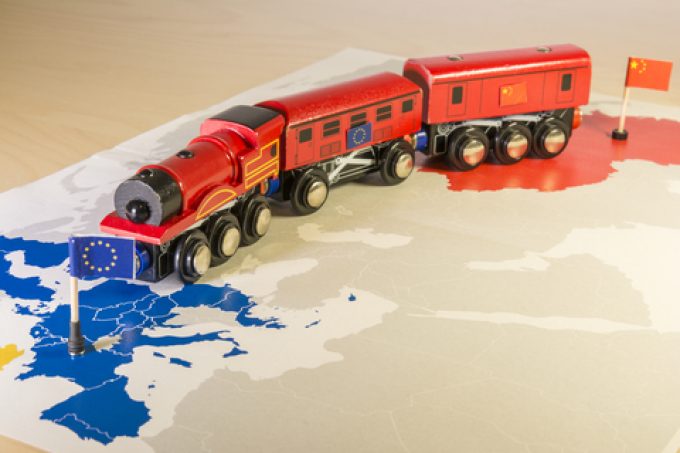Forwarders eyeing higher costs as China cuts subsidies for rail freight
Europe-bound Chinese rail freight is expected to become a whole lot more expensive as Beijing ...

Amid sanctions against Russia, forwarders are scrambling to test alternatives to China-Europe rail freight routes – with ocean winning, for now.
Trains are still running along the Trans-Siberian route, but Russian Railways has been sanctioned so European forwarders have suspended bookings through the country.
For example, while cargo is not directly targeted, Scan Global Logistics said the majority of customers were turning to air or ocean freight, given the uncertainty surrounding sanctions against Russia and Belarus and the risk of shipments getting ...
'Disastrous' DSV-Schenker merger would 'disrupt European haulage market'
'Chaos after chaos' coming from de minimis changes and more tariffs
List of blanked transpac sailings grows as trade war heats up and demand cools
Shippers in Asia restart ocean shipment bookings – but not from China
Forto 'sharpens commercial priorities' as it lays off one-third of staff
India withdraws access for Bangladesh transhipments, in 'very harmful' decision
'Tariff hell' leaves industries in limbo – 'not a great environment to plan'
Temporary tariff relief brings on early transpacific peak season
Pre-tariff rush of goods from US to China sees air rates soar, but not for long
Asian exporters scramble for ships and boxes to beat 90-day tariff pause
De minimis-induced ecommerce demand slump could cripple freighter operators
Forwarders 'allowing the fox into the chicken run' by supporting 'hungry' carriers
Hapag 'took the bigger risk' when it signed up to Gemini, says Maersk
'Restoring America's maritime dominance' – stop laughing at the back of the class
Navigating tariffs: 'like trying to solve a Rubik's cube while colour-blind'

Comment on this article